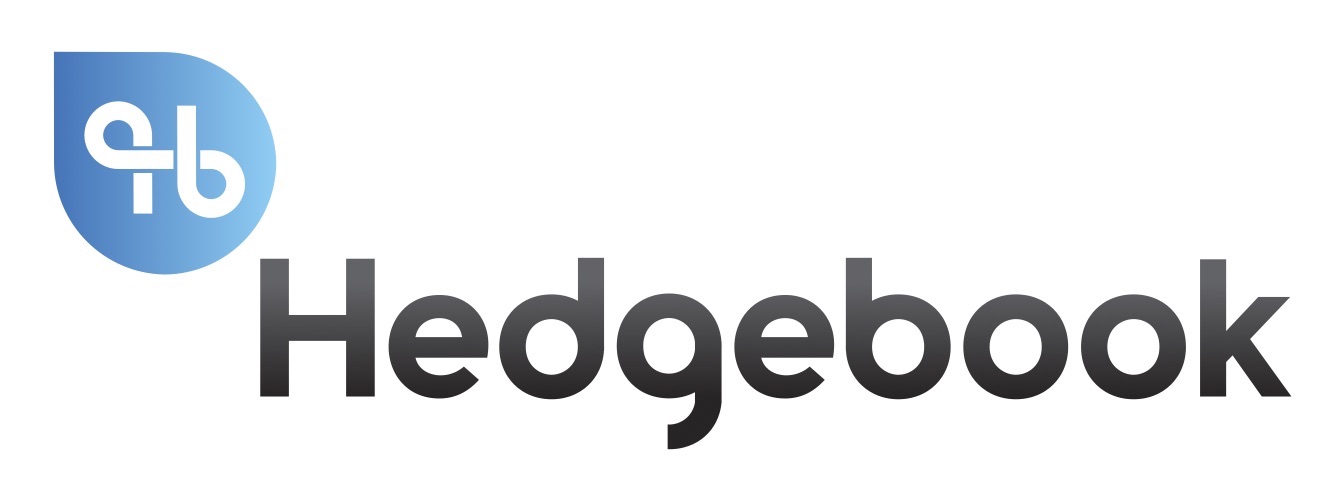The advantages and pitfalls of fully automated FX trading is a debate we expect to continue in 2021 and beyond. A big part of this is understanding what auto-hedging is, the motivations for it and what concerns customers may have.
A recent article in FX Markets cited five banks – Barclays, BNP Paribas, Citi, Deutsche Bank and NatWest Markets – that are already providing auto-hedging tools to clients.
The primary motivation is to minimise human intervention and deliver cost savings for both bank and corporate. While there are many drivers for this, it is widely agreed that the increasing number of small FX transactions generated through online sales, as some corporates turn their back on physical shopfronts, has provided major impetus.
Much of the article chimed with feedback we received in our recent survey of global markets divisions FX leaders. When asked what will trend in 2021, the top response was friction-removing automation where the bank and client co-develop treasury policies, agree auto-trading parameters and execute with minimal intervention.
91% of clients open to deeper integration
Underpinning this is a view that clients don’t want to be called every time the market moves. A finding in our corporate client survey – that 91% of our clients are open to deeper integration with their bank or currency broker if it delivers more efficiency – seems to reinforce this.
Increasingly sophisticated trading systems, the ability for the client and bank to share information readily through API’s and the evolution of machine learning are all likely to continue to drive auto hedging product improvements.
While further advancements in auto-trading are inevitable – an estimated 10–20% of spot trades are already done by algos – we do have questions about the pace of change.
Our experience working with treasurers and finance departments suggests their propensity to keep their hands on the controls could pip promised efficiency gains in the short term.
Potential concerns around auto-hedging
Interested to understand the gap between the early bank innovators and corporates, we put this to some Hedgebook clients.
One, a leading financial services provider with a SaaS sales model, was quick to understand the benefits:
“Our company is growing at pace, across multiple regions. As a result we have had to improve our risk management planning. If our bank was able to pull this information from our system and overlay it with a pre-agreed trading strategy, I would be open to dealing a percentage of our exposure this way.”
The main drawback identified by the finance manager (with responsibility for FX), was the ability to move flow from one bank to another.
Indeed, best execution was a major concern for a wine wholesaler we spoke with:
“The ability to work across our panel of counterparties is a key part of how we manage FX. We know how it works and regularly save on margin by creating competition. This appears to take away our ability to do that.”
Finally, the treasurer of a high end manufacturing Hedgebook client had data privacy concerns:
“While it is in our interest to be open with our trading counterparties, it’s unlikely my Board would sign off on providing the level of information needed to deliver this.”
It’s not hard to understand why banks are trying to guide their clients down this path, as it achieves huge efficiencies for them, but the focus must always be on the client.
Moving forward
The benefits of auto-hedging based on a pre-agreed strategy are clear and the objections are well understood. We expect banks, and eventually currency brokers, to continue to adapt and refine their approach to address and overcome these objections, bringing their solutions closer to where treasurers need them to be.
Many banks are already a long way down the road to delivering this and, despite some specific concerns, our clients tell us they are open to deeper collaboration with their trading counterparties.
If you are developing FX product for a bank and want to understand how others are utilising Hedgebook to increase client uptake of new trading technology, do get in touch

